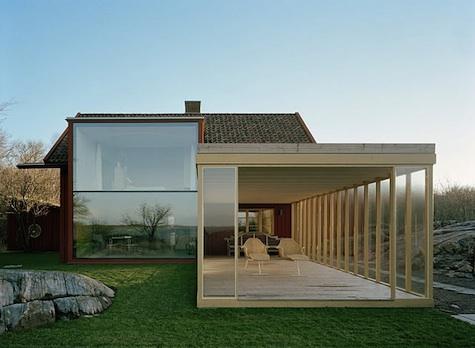Design Book Roundup
By
Jesse Kornbluth
Published: Dec 16, 2010
Category:
Art and Photography
We live in a 1929 Georgian building on the Upper East Side of New York. It’s small, red brick, quiet to the point of subliminal — you can walk past it and not really notice it. I always quote Beau Brummel, the so-called dandy, to describe our building: “If you noticed me, I wasn’t well dressed.”
Like most New York apartments of its age, ours has real plaster walls, high ceilings and a working fireplace. I suppose you could open up our Classic Six and create a Soho loft, but it seems shrewder to honor the bones of the place.
That means: old. Faded Oriental carpets. Chintz curtains. Cream ceilings. Khaki walls. And nicely nicked antiques, which we bought chipped, so as to avoid having to chip them ourselves.
Mario Buatta brushes cold tea on new white tassels to give them instant age. We haven’t gone that far — but I understand the impulse.
A large part of me, therefore, has a retro appreciation of design books that celebrate luxe living. I have no expectation of living in those grand rooms; even if I could afford endless halls and giant rooms, I wouldn’t want them. I see them as private museums, monuments to a way of life that crested with the Wall Street money of the 1980s and hangs on mostly thanks to Wall Street excess of recent years.
Other readers, other points-of-view. Some, no doubt, see themselves winning the lottery, marrying Prince Charming and/or launching a killer app — those readers will go to school on these books. Some just like to dream, and house porn is their launching pad. Still others will see these artful volumes as reference material for revolutionaries — when the huddled masses get agitated enough, here’s a list of the homes they’ll visit, pitch forks and torches at the ready.
Whatever. Let’s dive in.
“Timeless Elegance: The Houses of David Easton” was co-authored by Annette Tapert, who was once married to me. That association seems not to have damaged her fatally, for this is a brisk celebration of a large talent. And a varied one — Easton is an architect as well as a decorator, a landscape designer as well as a furniture maker. After all the grandeur in his book, the ending is instructive; it’s a plan for a modular house in a rural setting. You won’t be blamed if you find it the most attractive — certainly the most accessible — home in the book. [To buy “Timeless Elegance” from Amazon, click here.]
Anything I say about Alexa Hampton is also compromised. Not only is she the daughter of Mark Hampton, a man I loved a lot, she helped us a bit with our apartment. On first glance, “Alexa Hampton: The Language of Interior Design” looks as opulent as other design books, but don’t be fooled. Ms. Hampton is a no-nonsense — indeed, blunt as a bullet — young woman, and her book, as a result, is refreshingly accessible. She breaks design down into 18 elements and presents a sensible tutorial on each. [To buy “Alexa Hampton: The Language of Interior Design” from Amazon, click here.]
“The Finest Rooms in America” is just that. Starting with the Tea Room at Jefferson’s Monticello, this is a tour of 50 great rooms. Thomas Jayne is a decorator and a scholar — and an excellent guide. He too ends with a space of uncommon modesty: Albert Hadley’s sitting room. [To buy “The Finest Rooms in America,” click here.]
And then there’s a book that’s completely different — in part because it’s about Scandinavian design and doesn’t feature the homes of Manhattan zillionaires, in part because Scandinavian design principles are so alien to ours. “Lars Bolander’s Scandinavian Design” is wonderfully bracing — but that’s because Scandinavians have long valued craft over style, have lived in harmony with a harsh environment and have cherished every bit of the sunlight they get in summer.
The buzzwords here are “light” and “order” and “scale.” Wood houses. White rooms. No curtains. And delicate touches — like a thin band of gray paint that serves as a virtual baseboard on a straw-colored wall. You want ideas? Come here. [To buy “Lars Bolander’s Scandinavian Design” from Amazon, click here. ]


